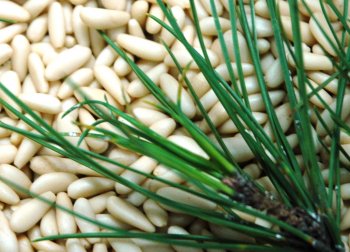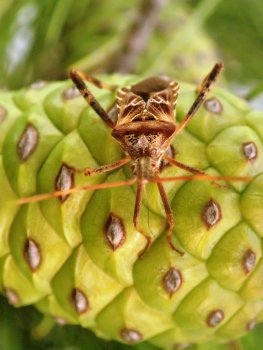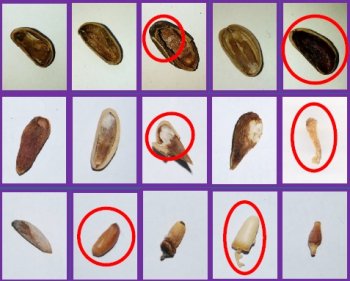APFC Annual Press Release on Pine Cone Quality
In order to contribute to greater market transparency, APFC - Associação de Produtores Florestais, conducts an impartial sampling and issues since 2015 a press release on pine cone average yields in the Coruche region (Portugal).
For the fifth consecutive year, APFC has used a methodology for sampling the cone quality at 8 sites throughout the municipality of Coruche in order to represent the entire area of pine production.
Each sample has 10 cones harvested randomly from each of 30 trees per site. The cones are weighted before opening, the inshell pine nuts are removed...



